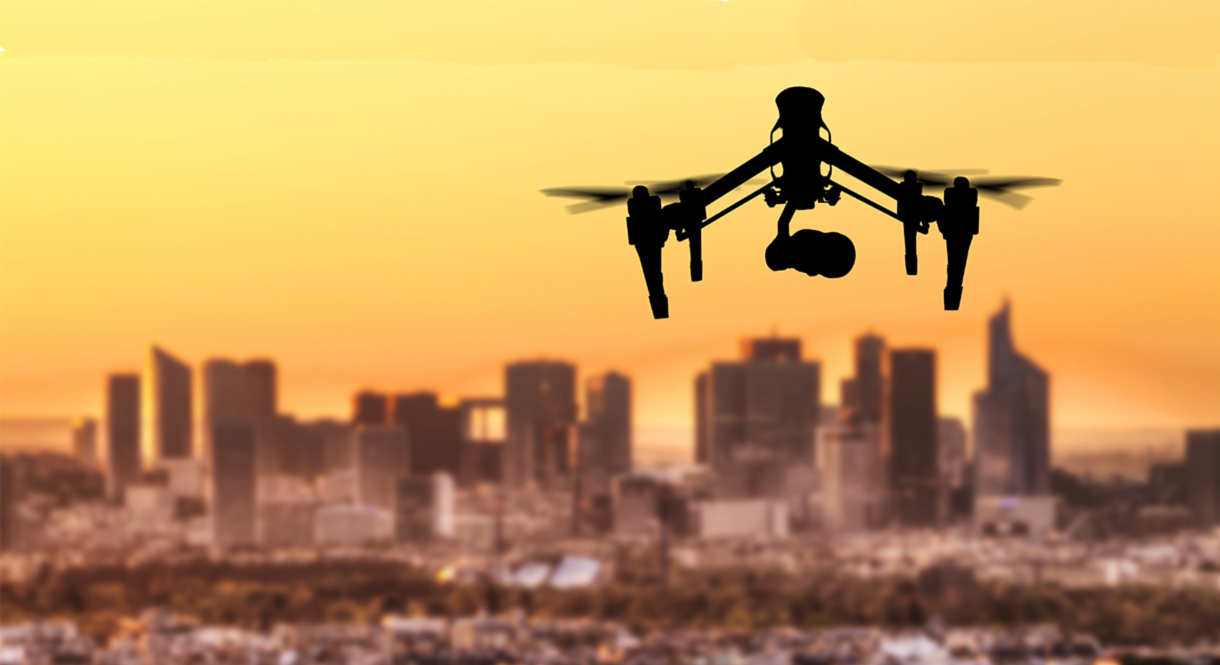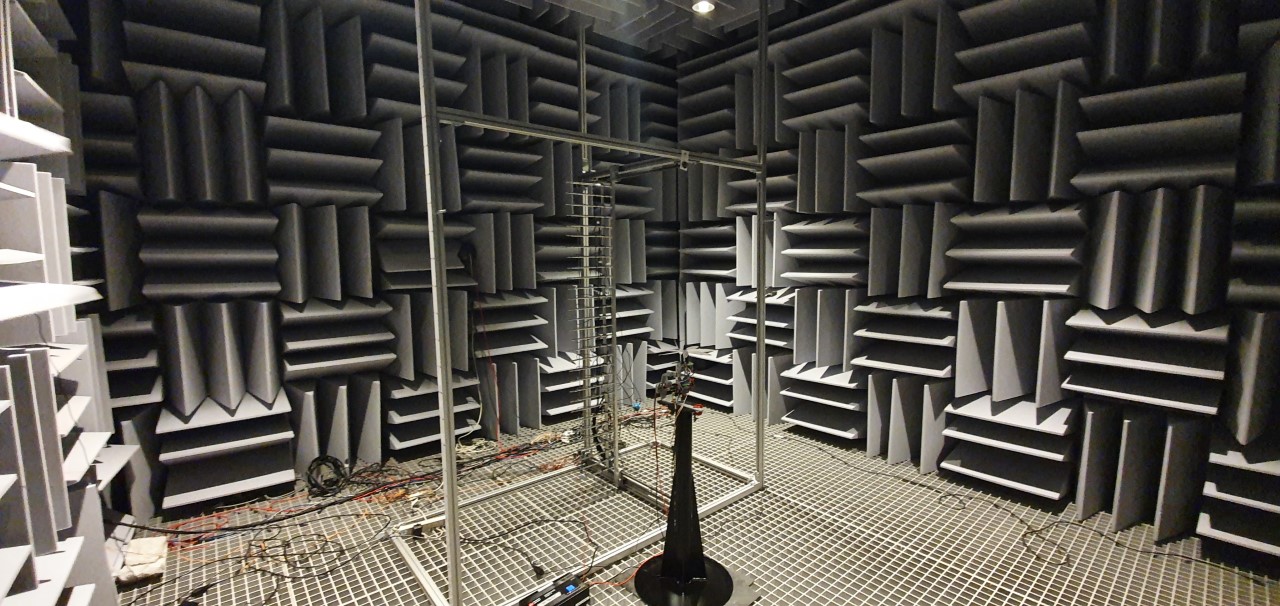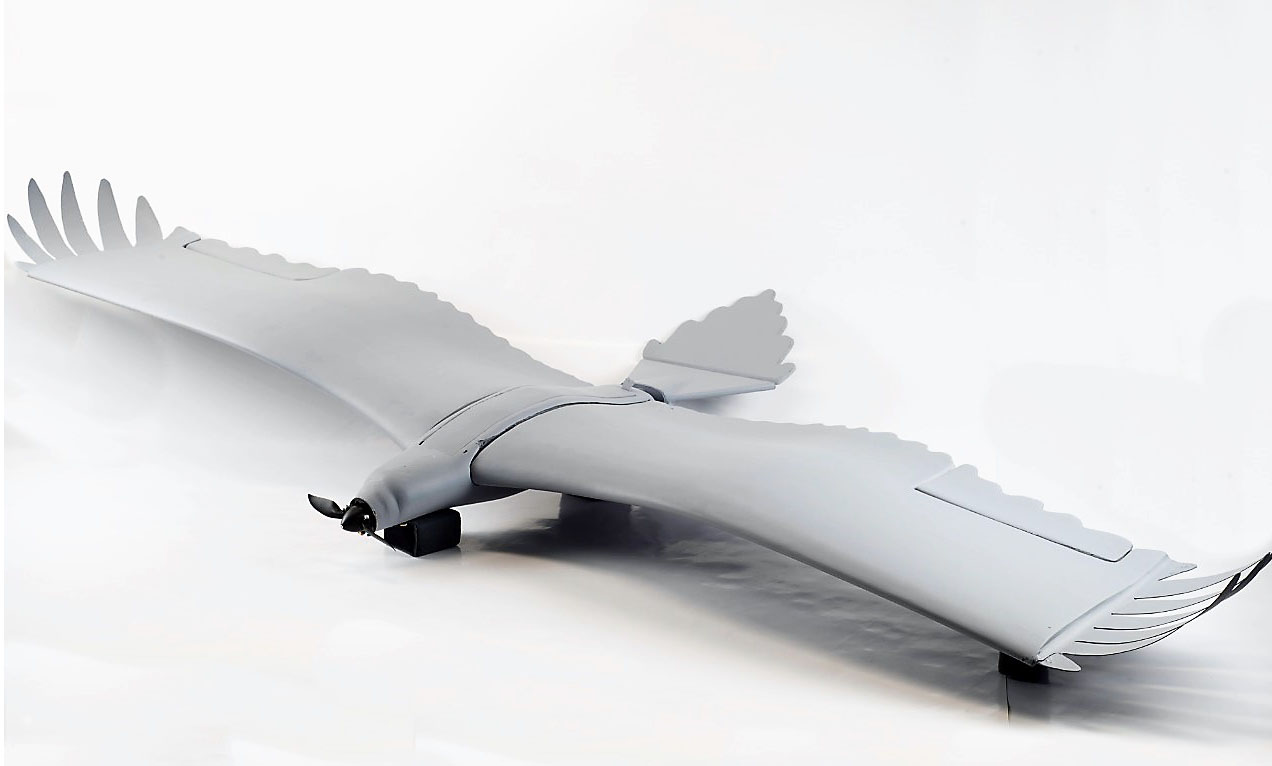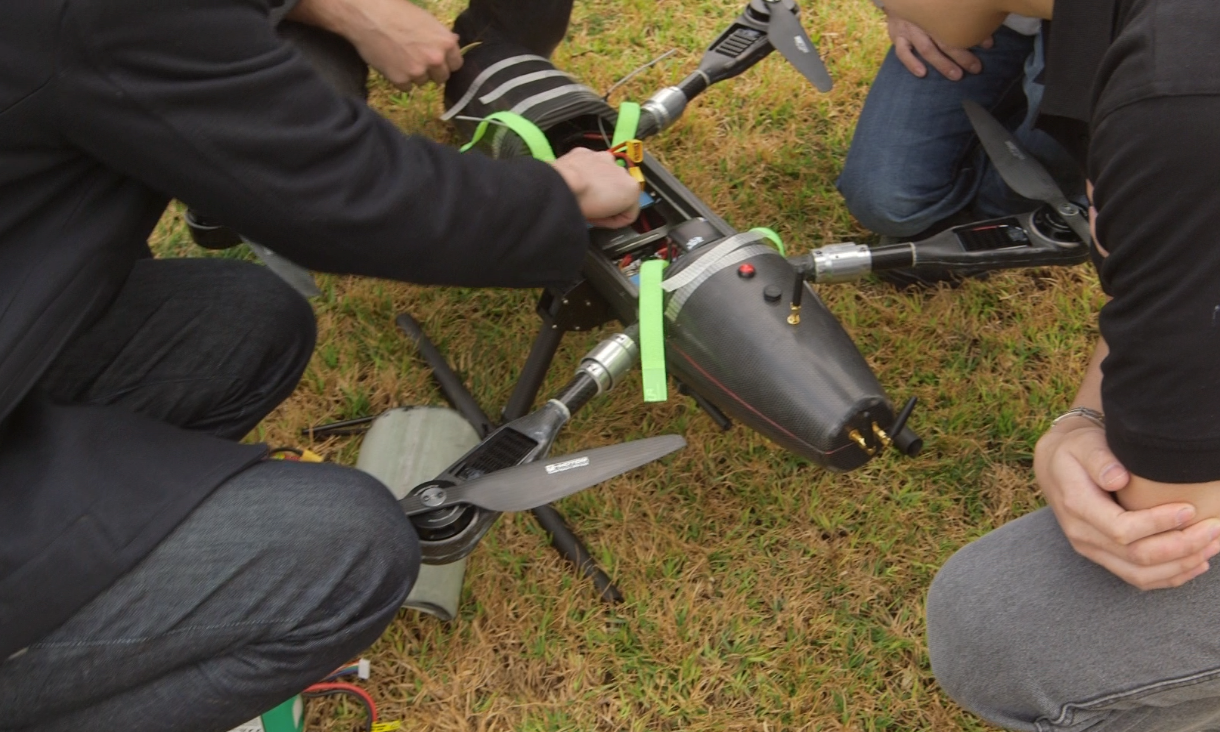“By using our algorithms to iterate through a variety of propeller designs, we were able to optimise for different metrics such as thrust, torque, sound directivity and much more," Mohamed said.
"We also formulated a new metric, which involves how the human ear perceives sound, and propose to use that in future designs."
“Our method for optimising design can be applied to small propellers used on drones to much larger ones used for future urban air mobility vehicles – or air taxis – designed to carry human passengers,” he said.
The team, which also included Melbourne-based aerospace company XROTOR, explored how various manipulations of propeller blade noise affected how it was perceived by the human ear.
Mohamed said quantifying this modulation had the potential to be used as an important design metric for future propellers.
“The modulation of high frequency noise is a major factor in the human perception of rotor noise. Human ears are more sensitive to certain frequencies than others and our perception of sound also changes as we age,” he explained.
“By designing to such metrics, which take into account human perception, we can design less annoying propellers, which one day may actually be pleasant to hear.”







